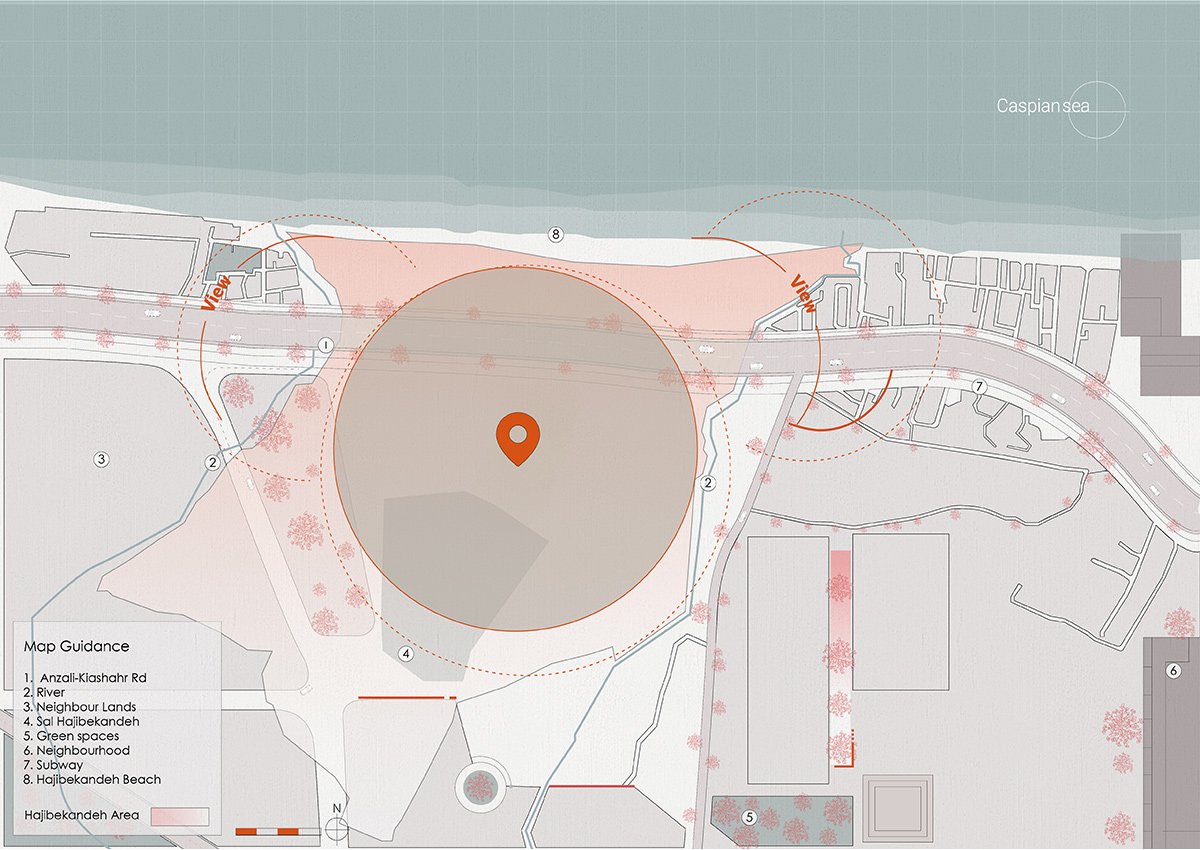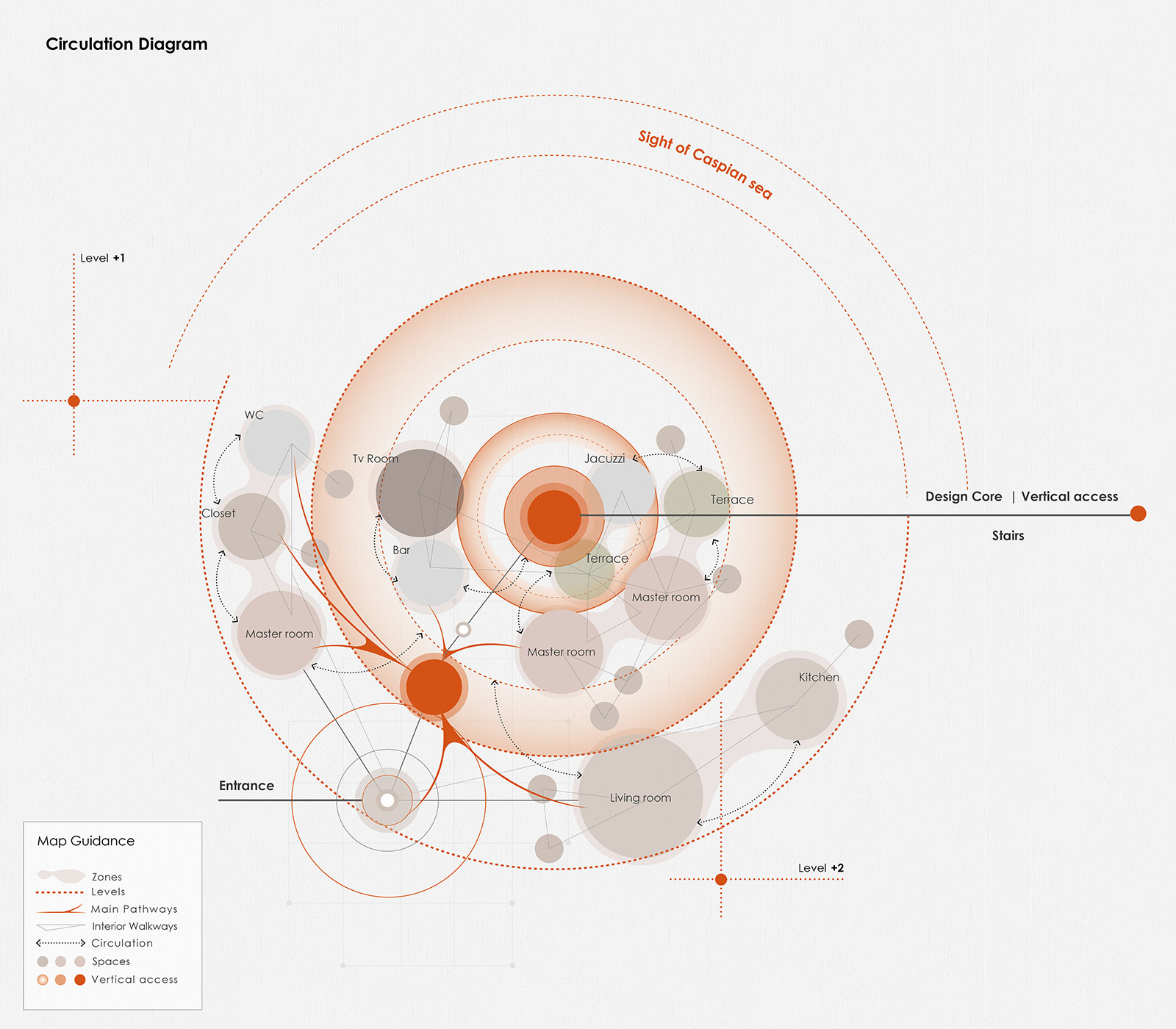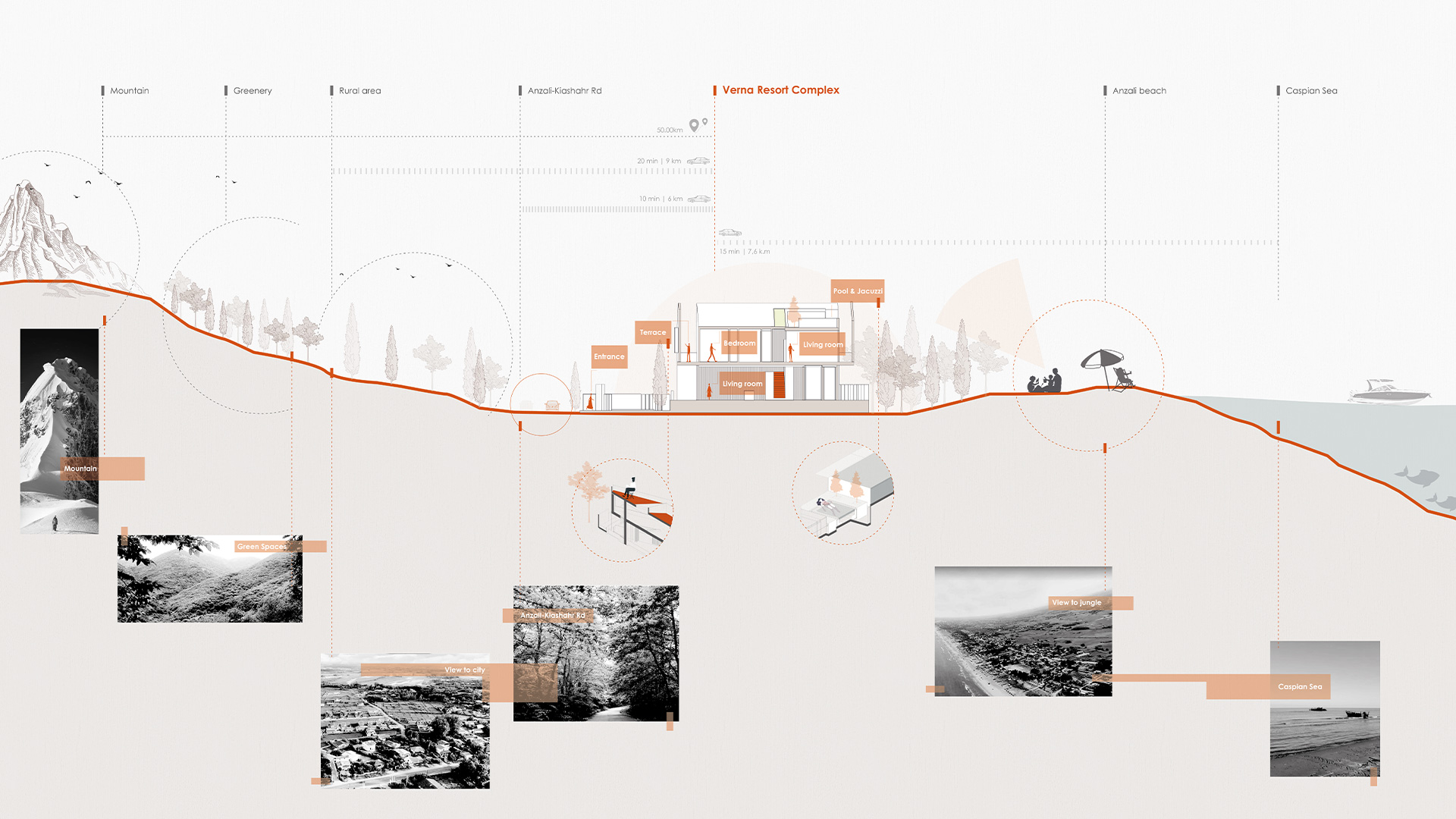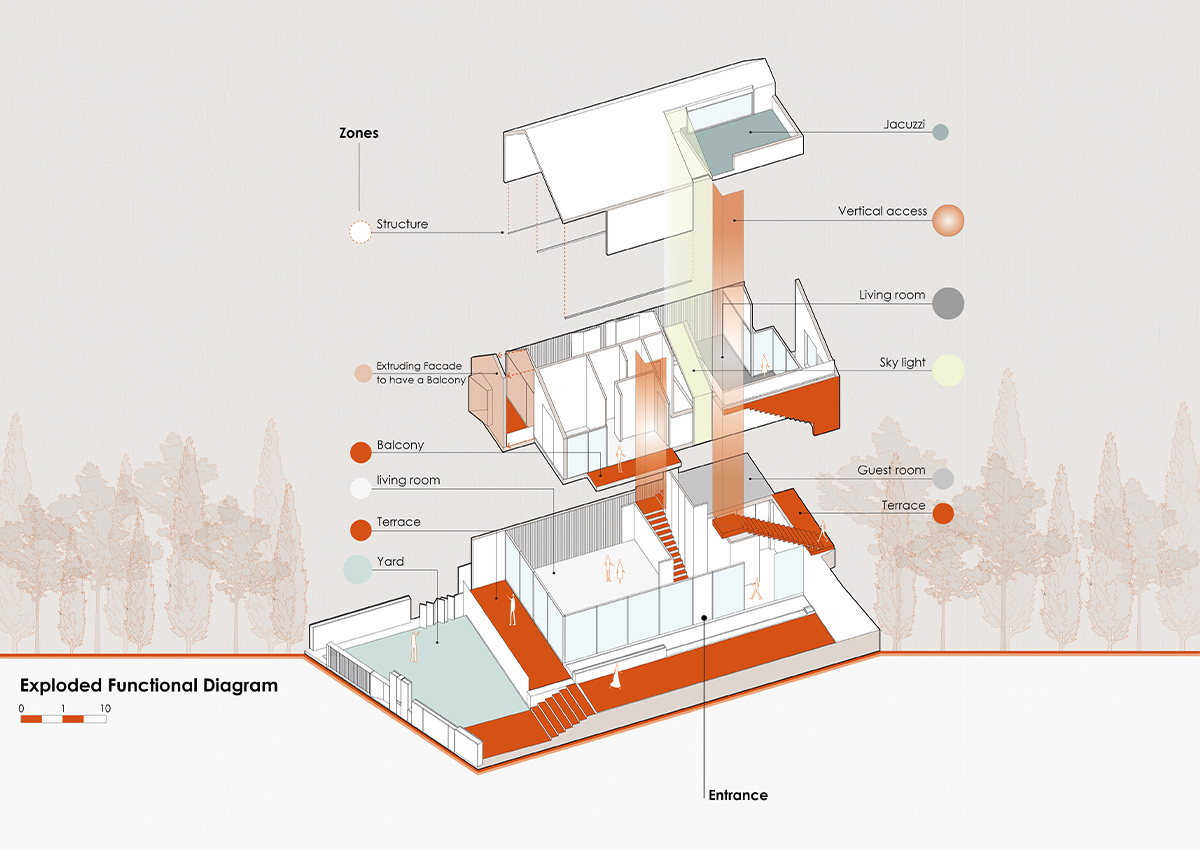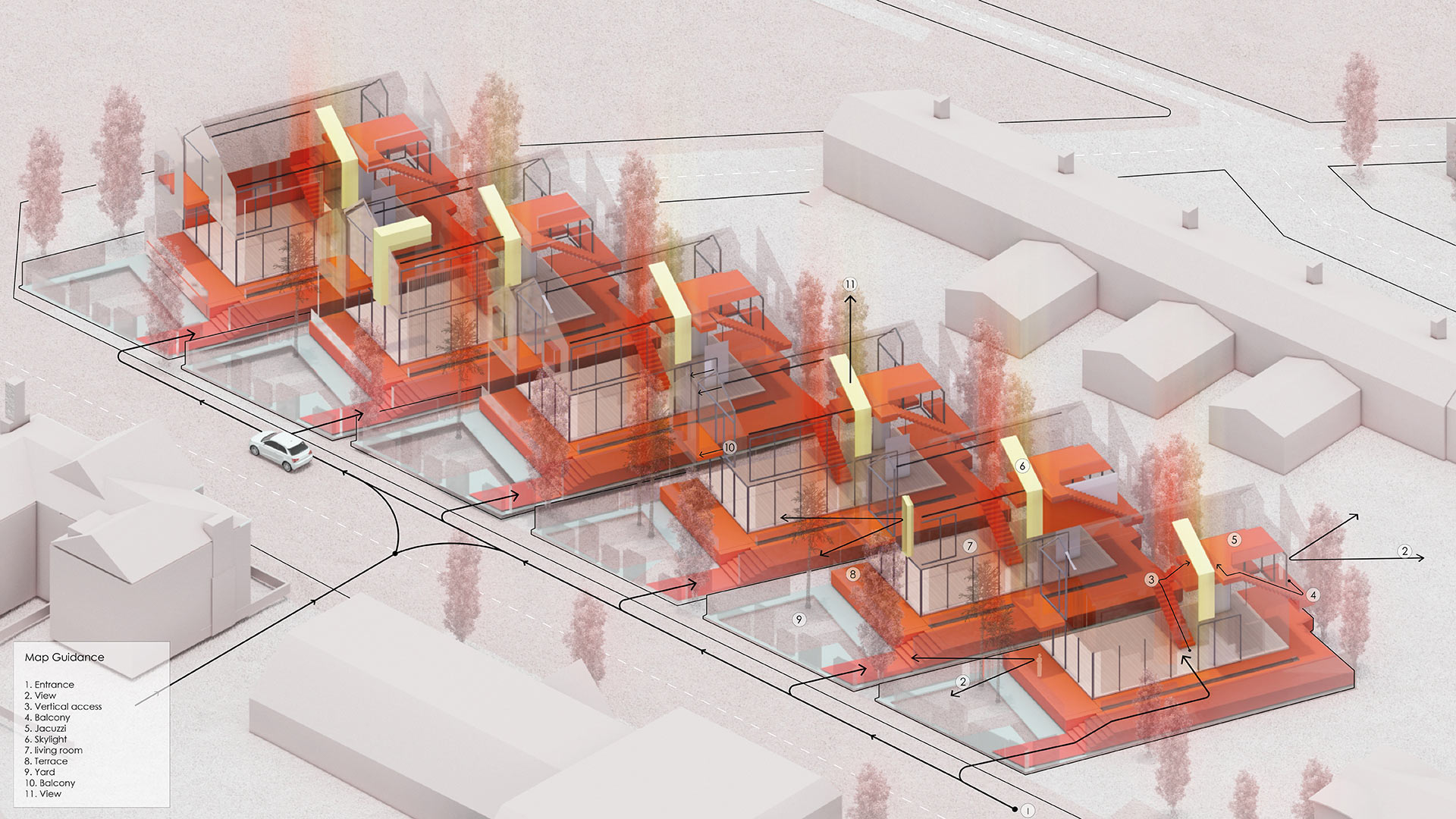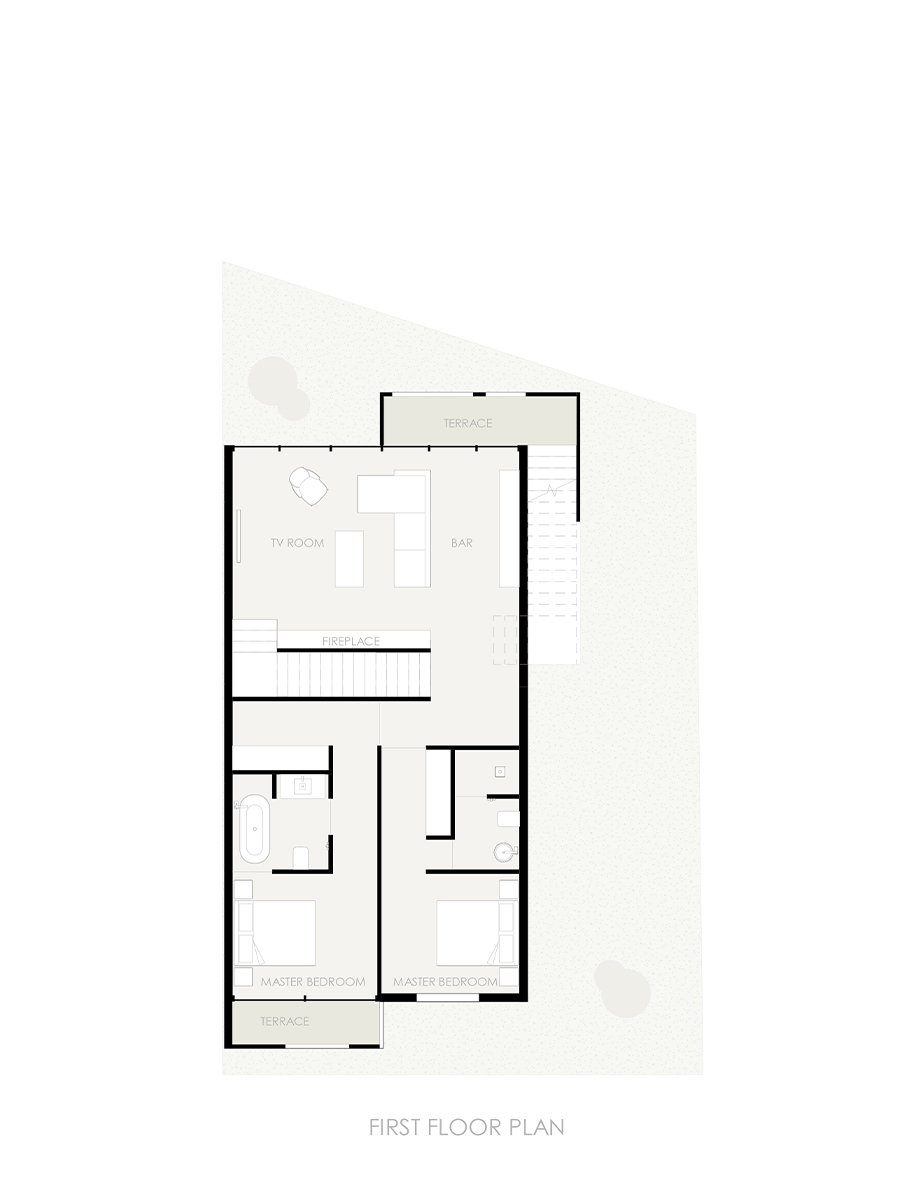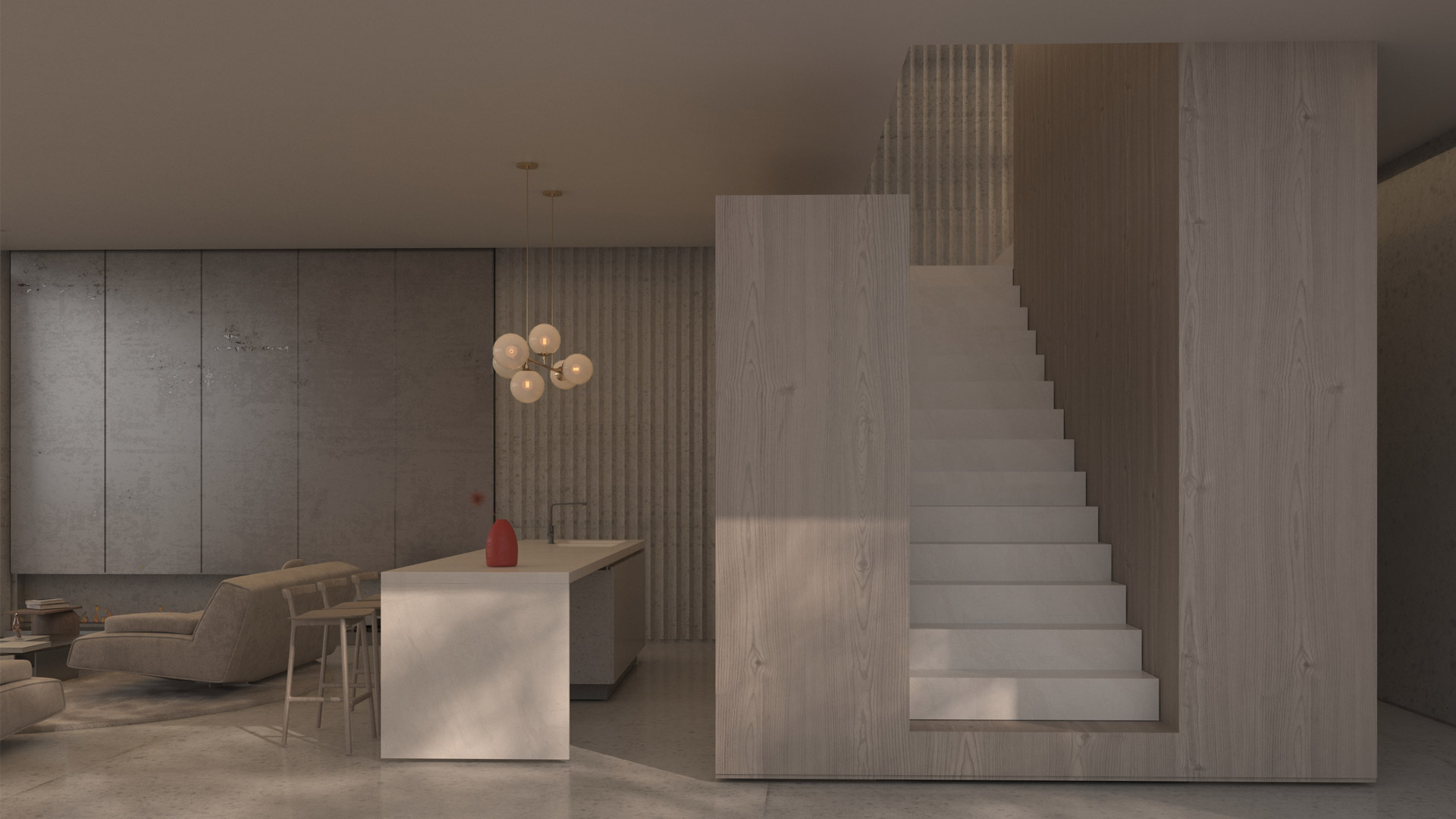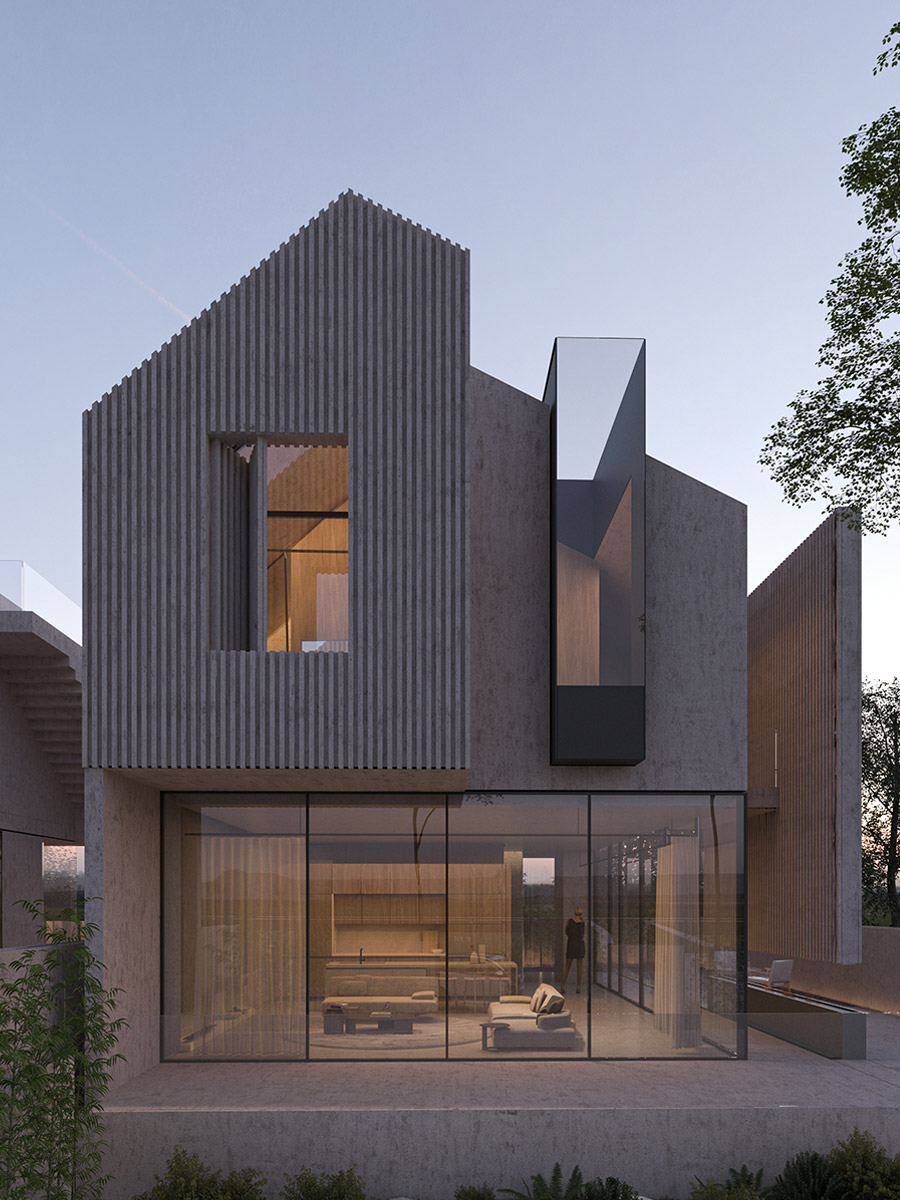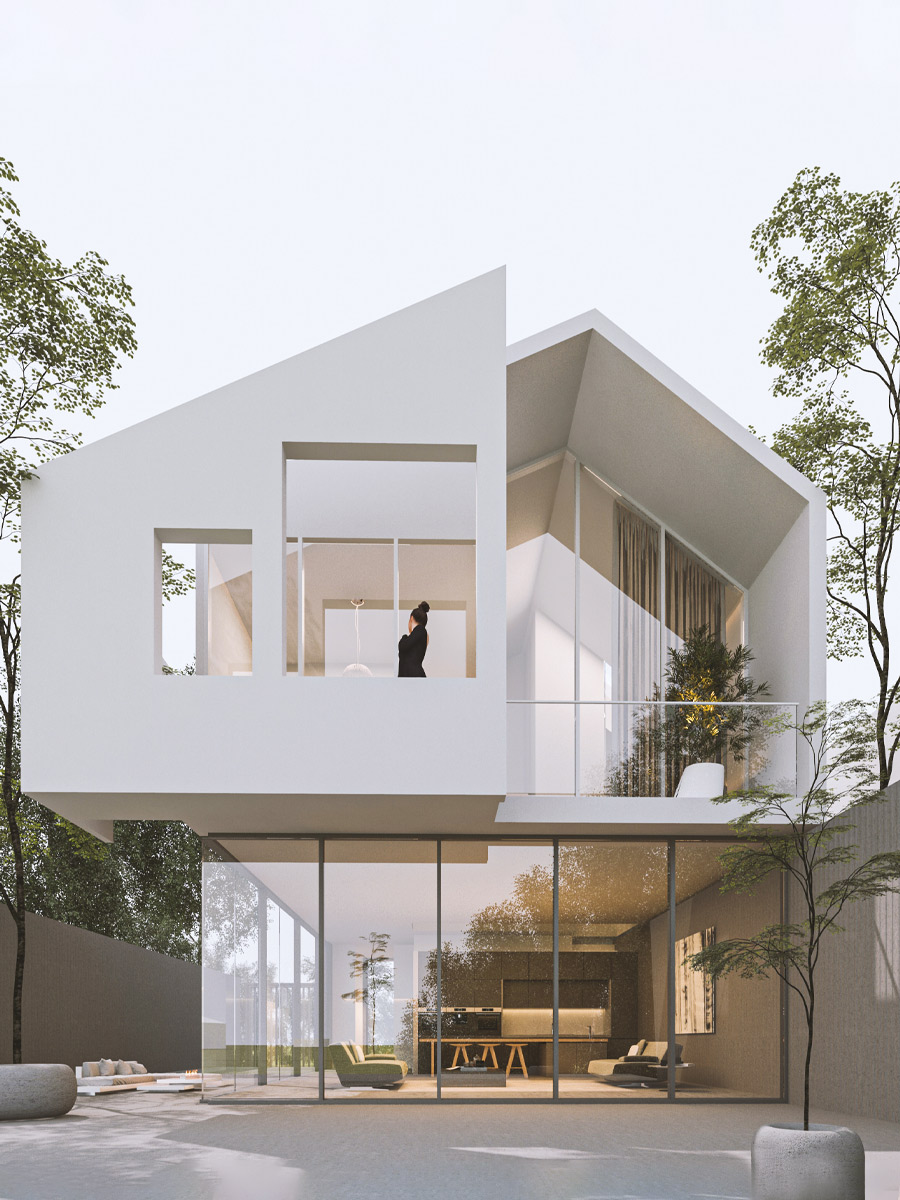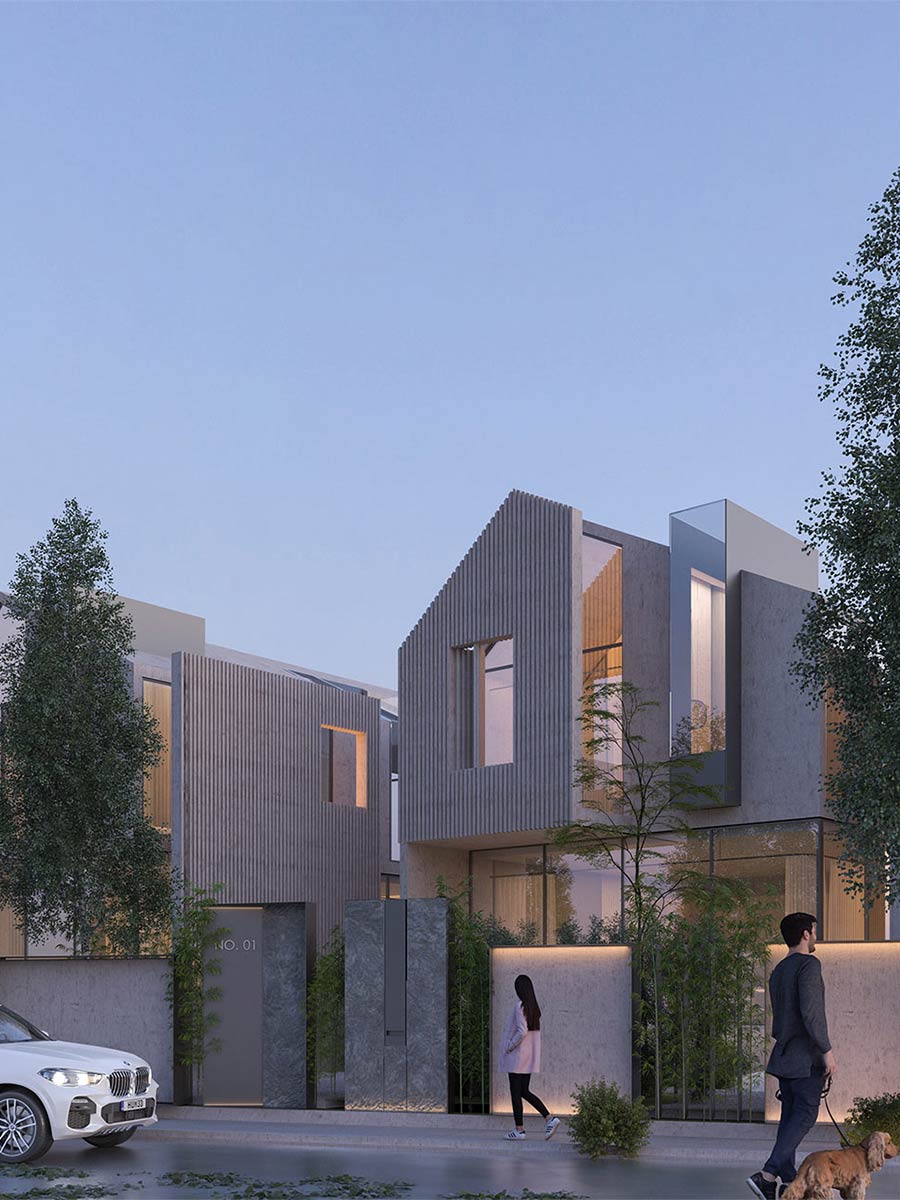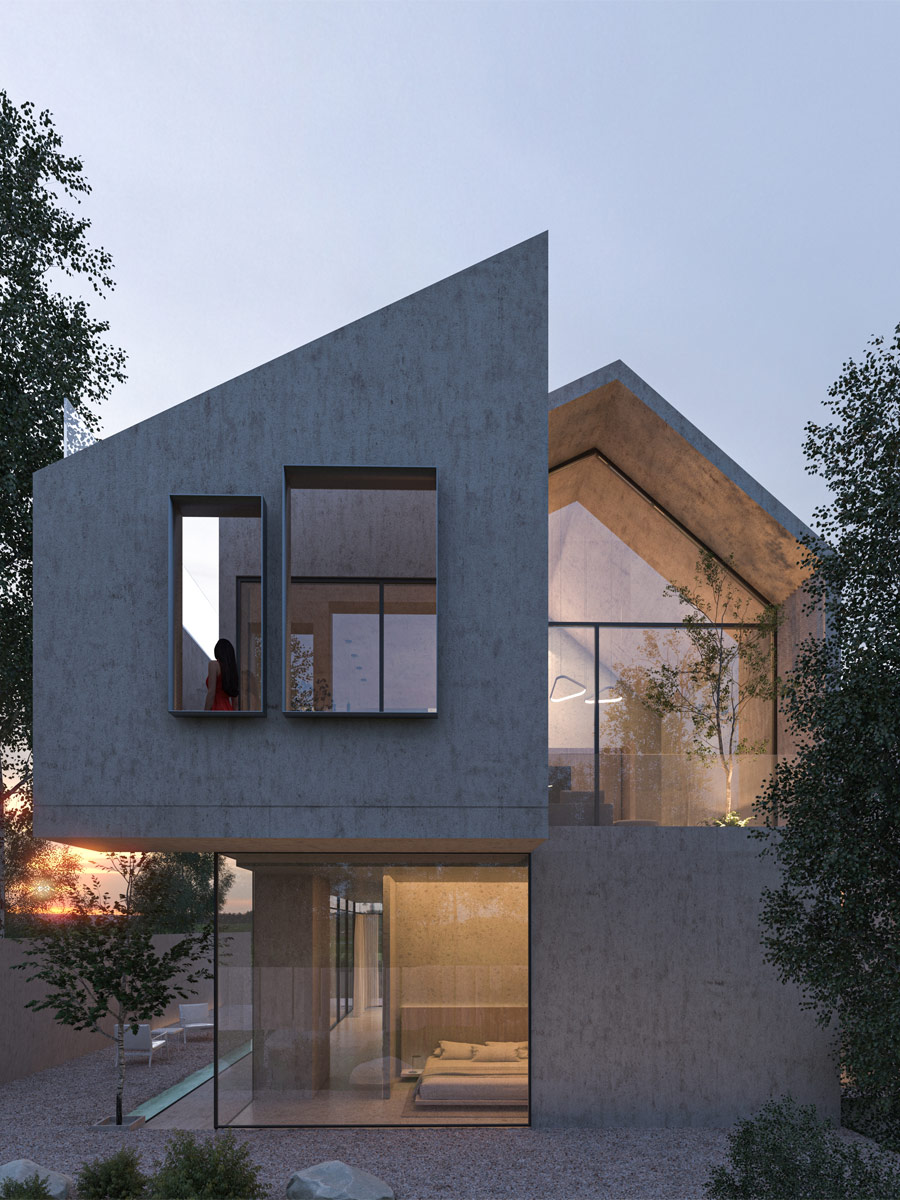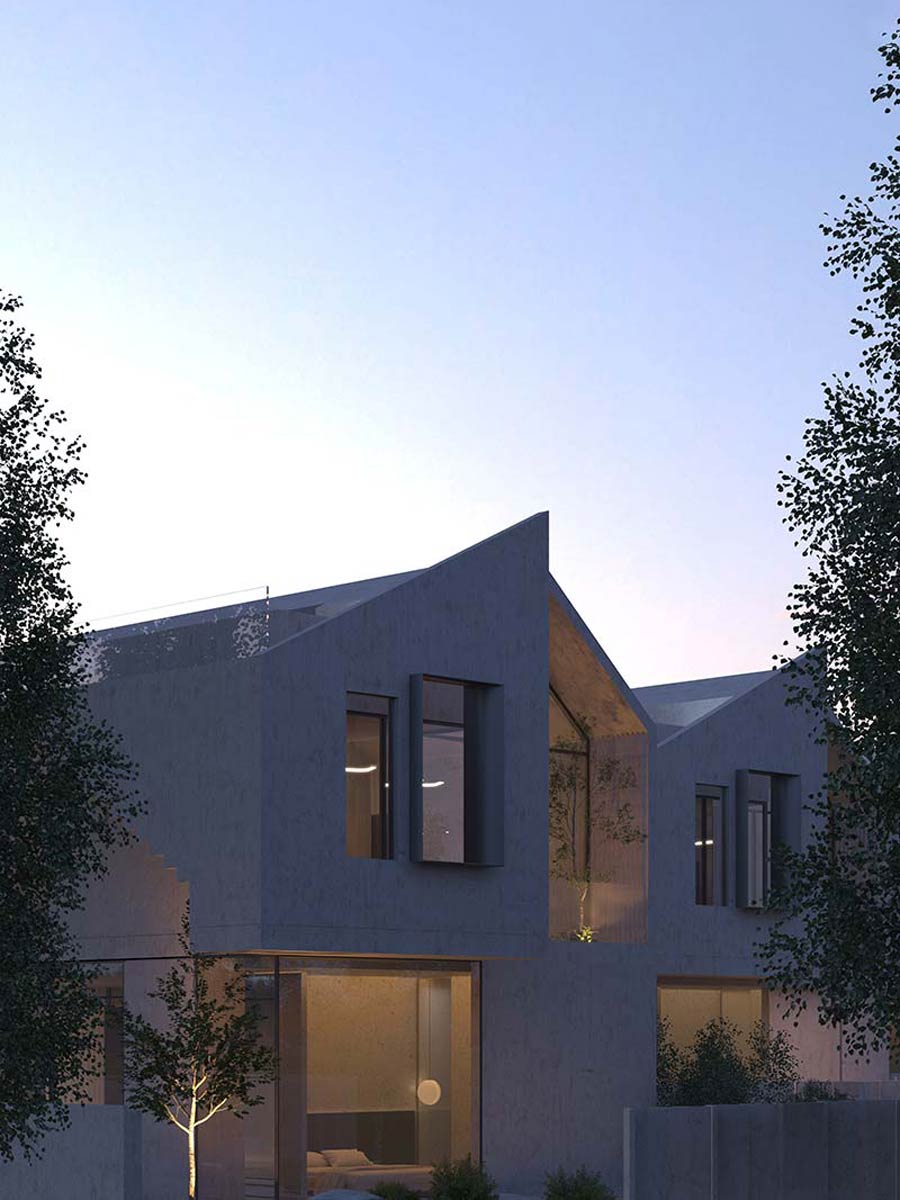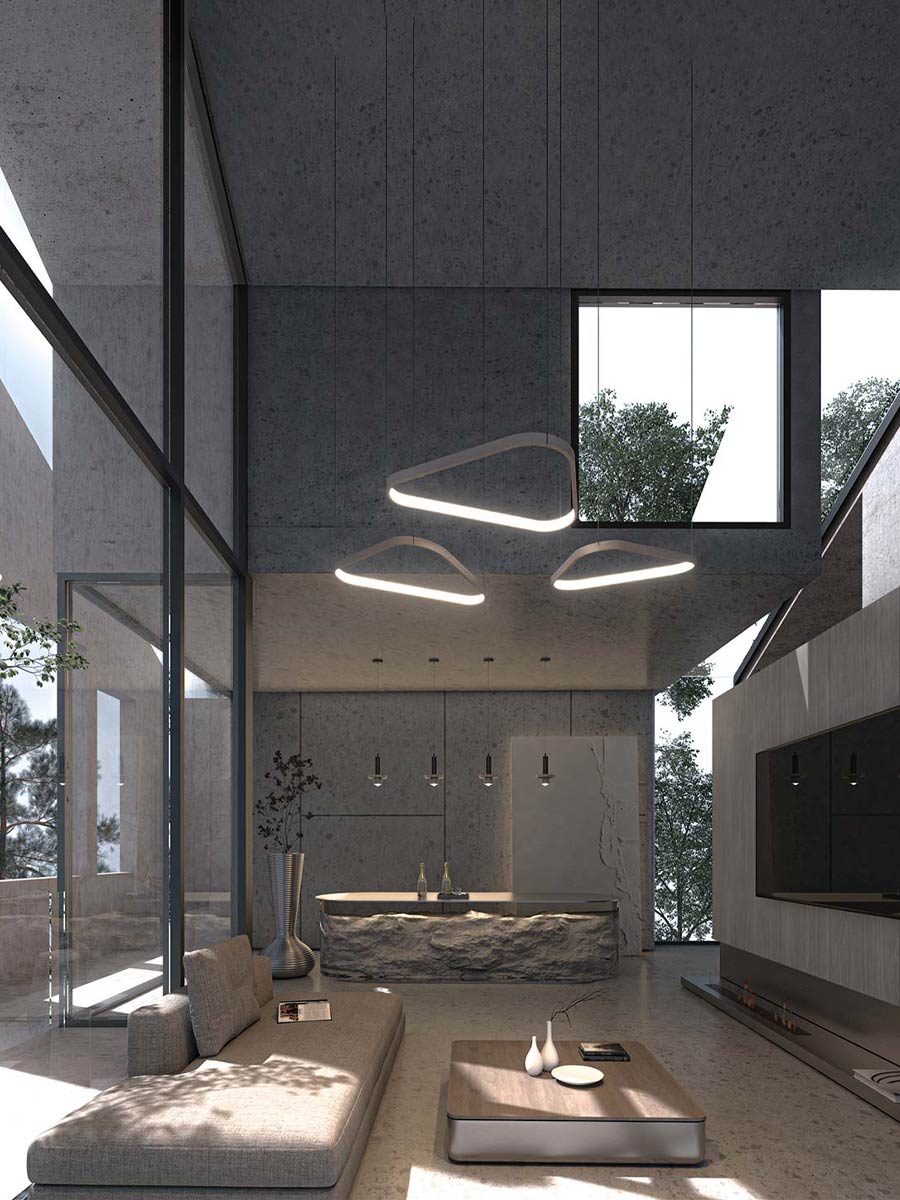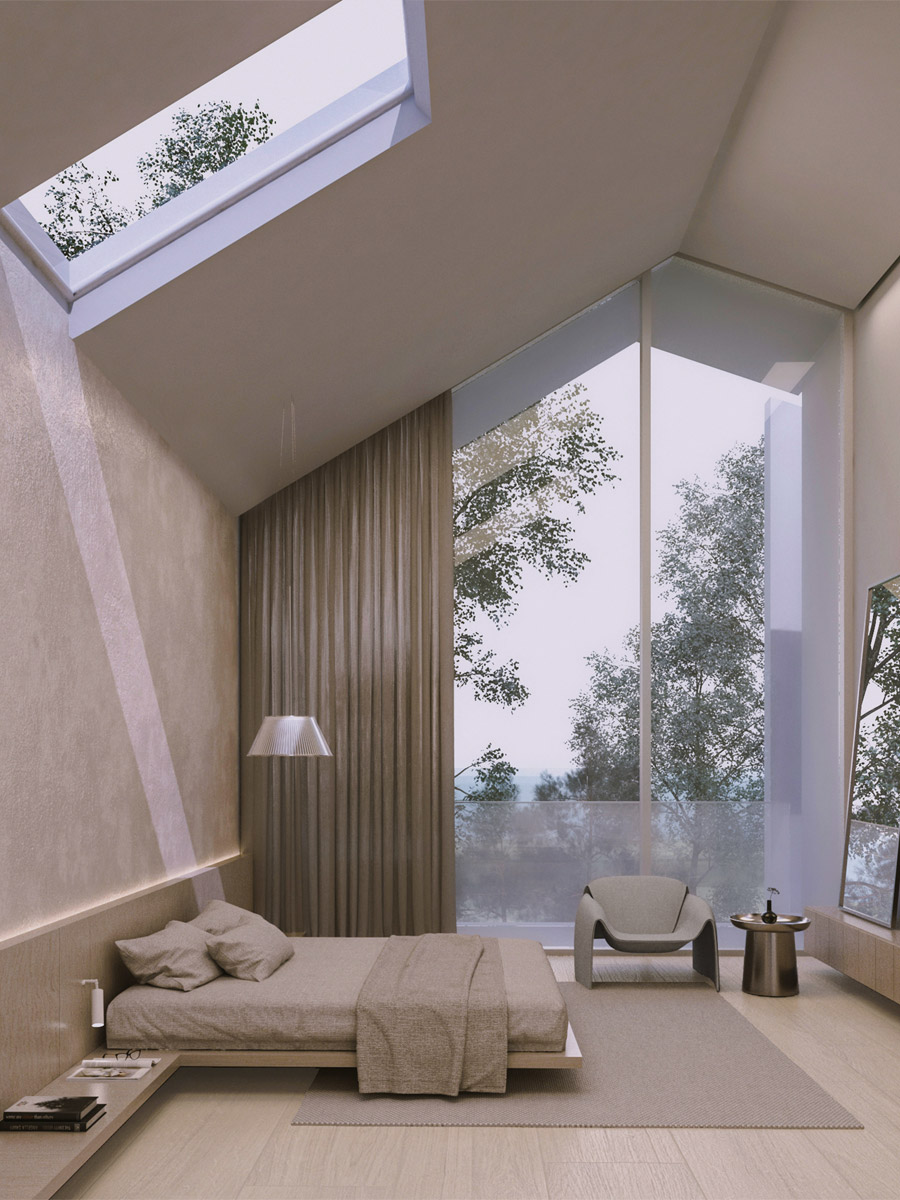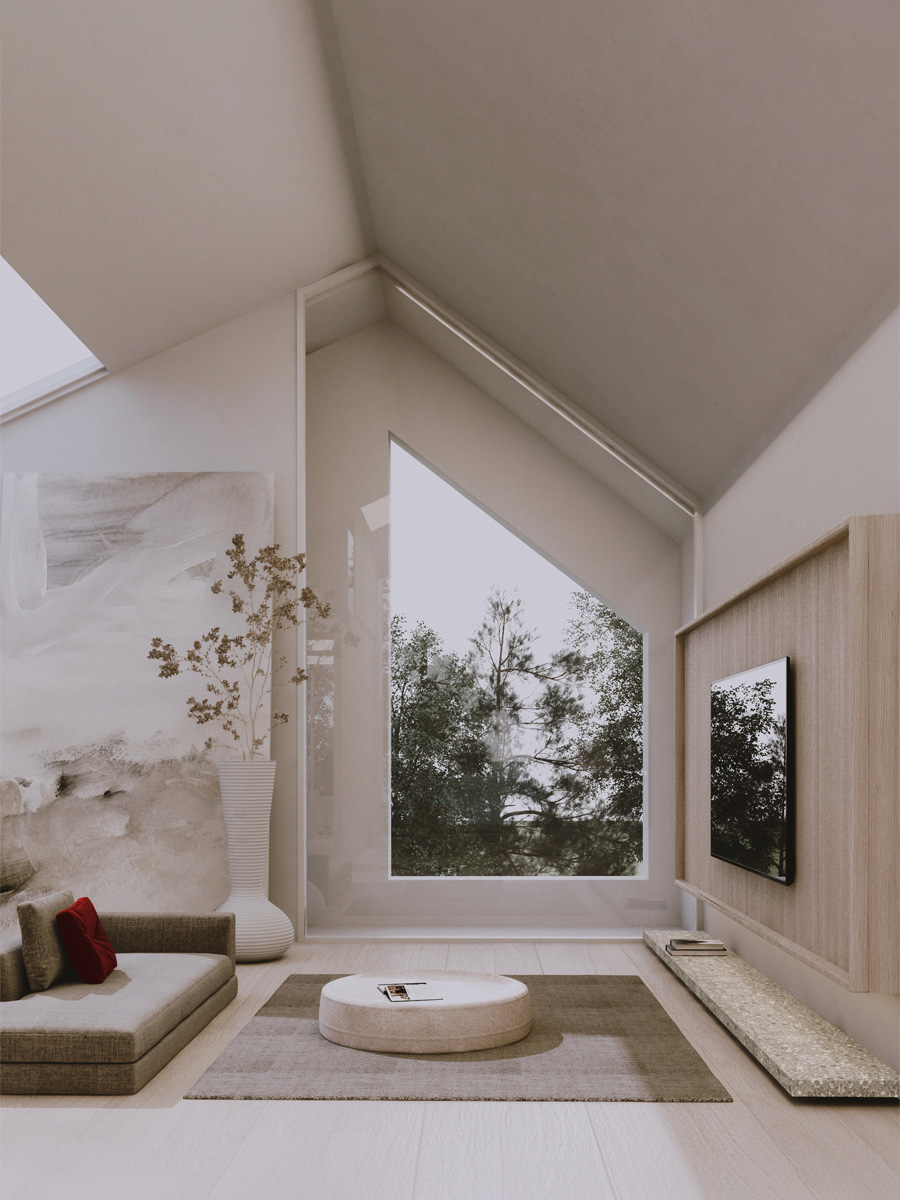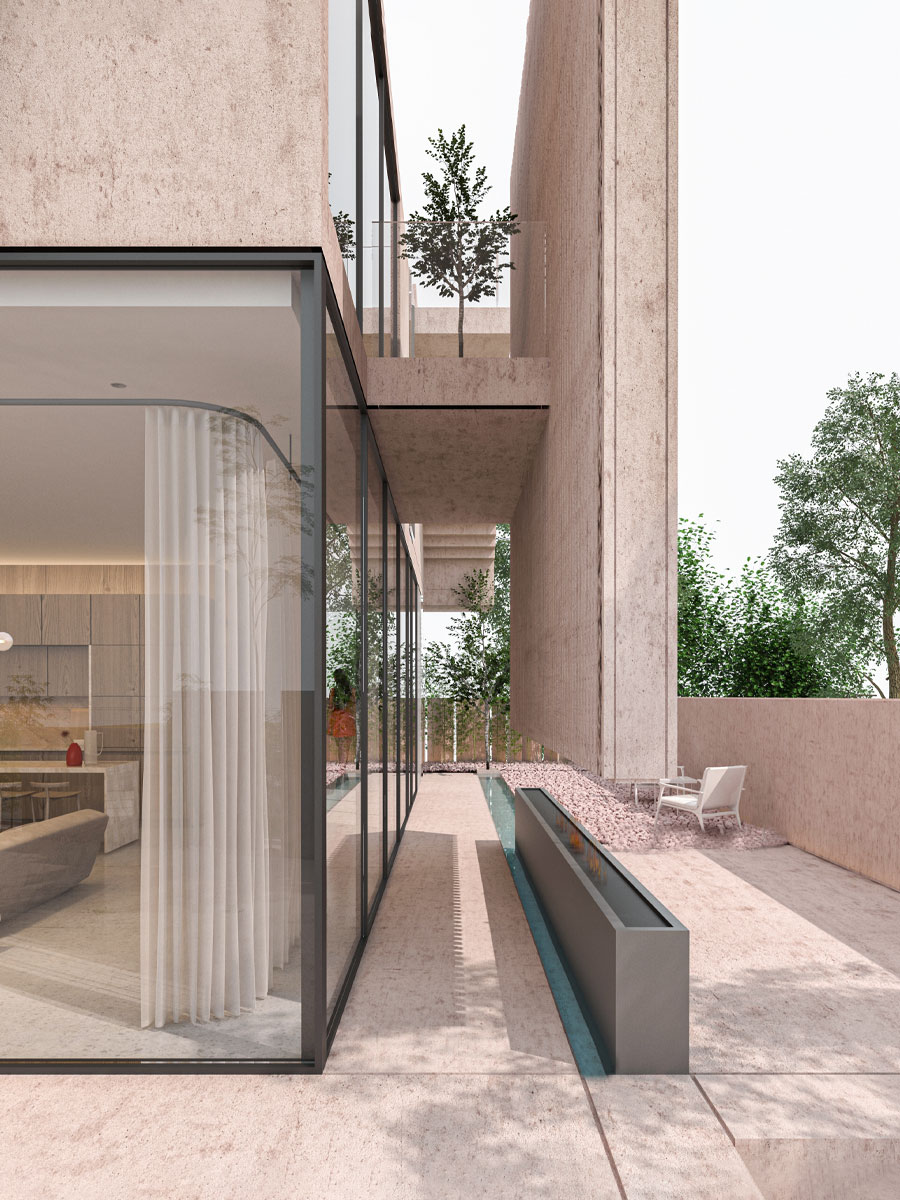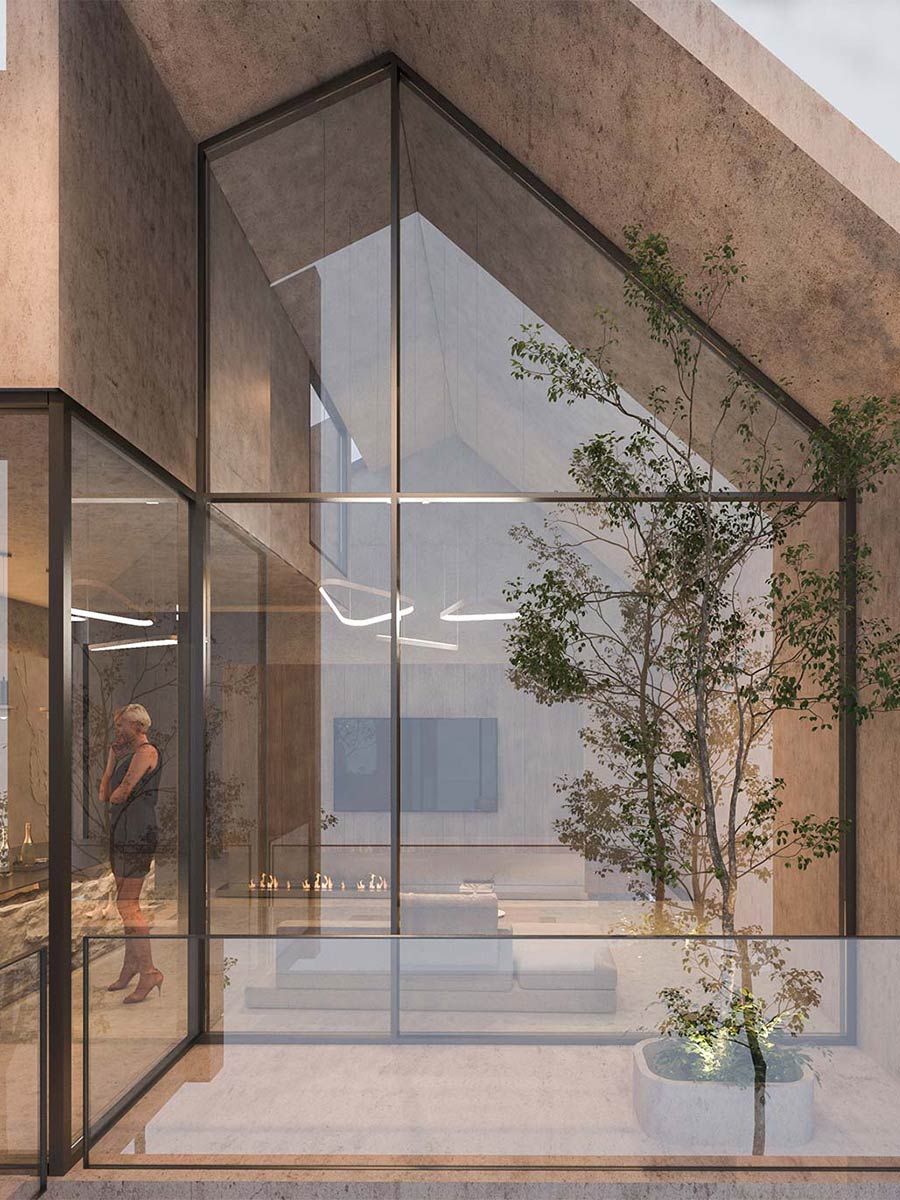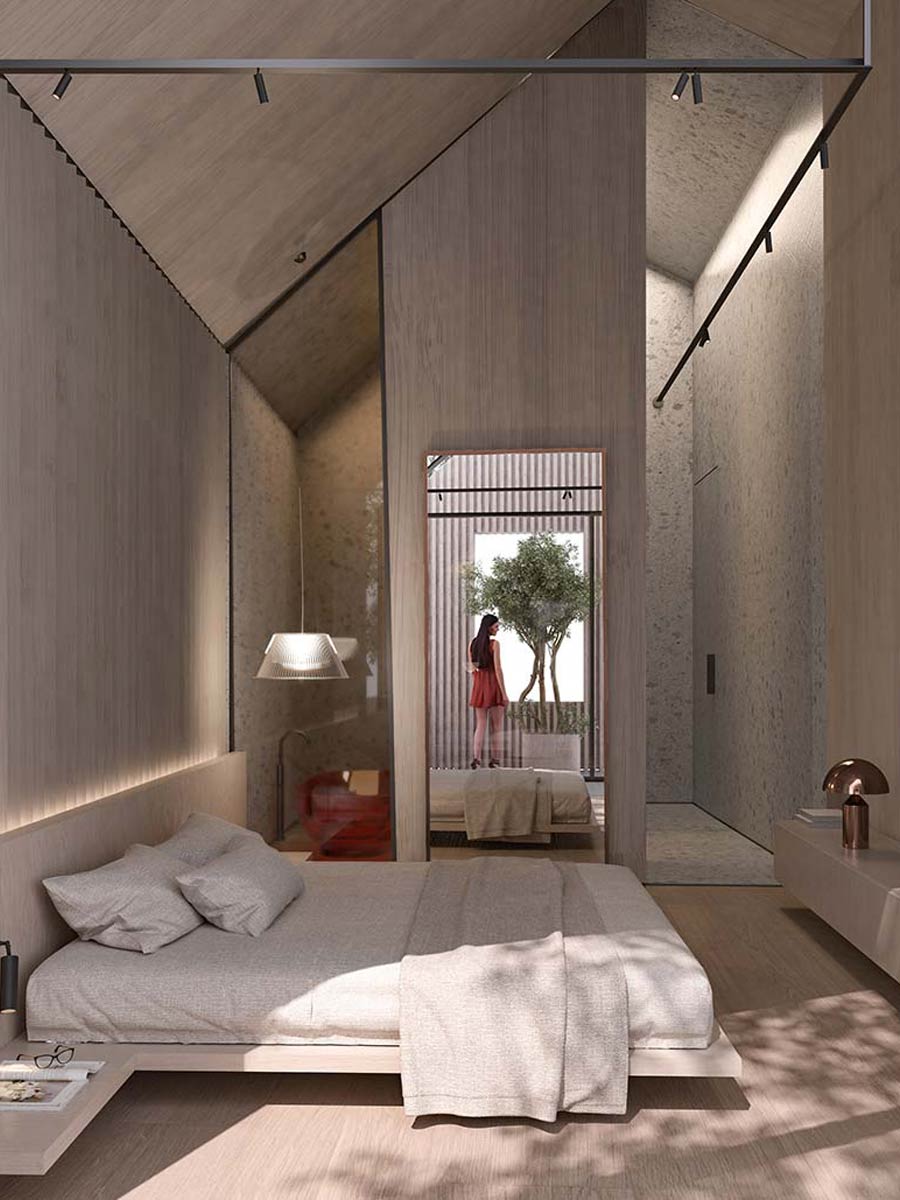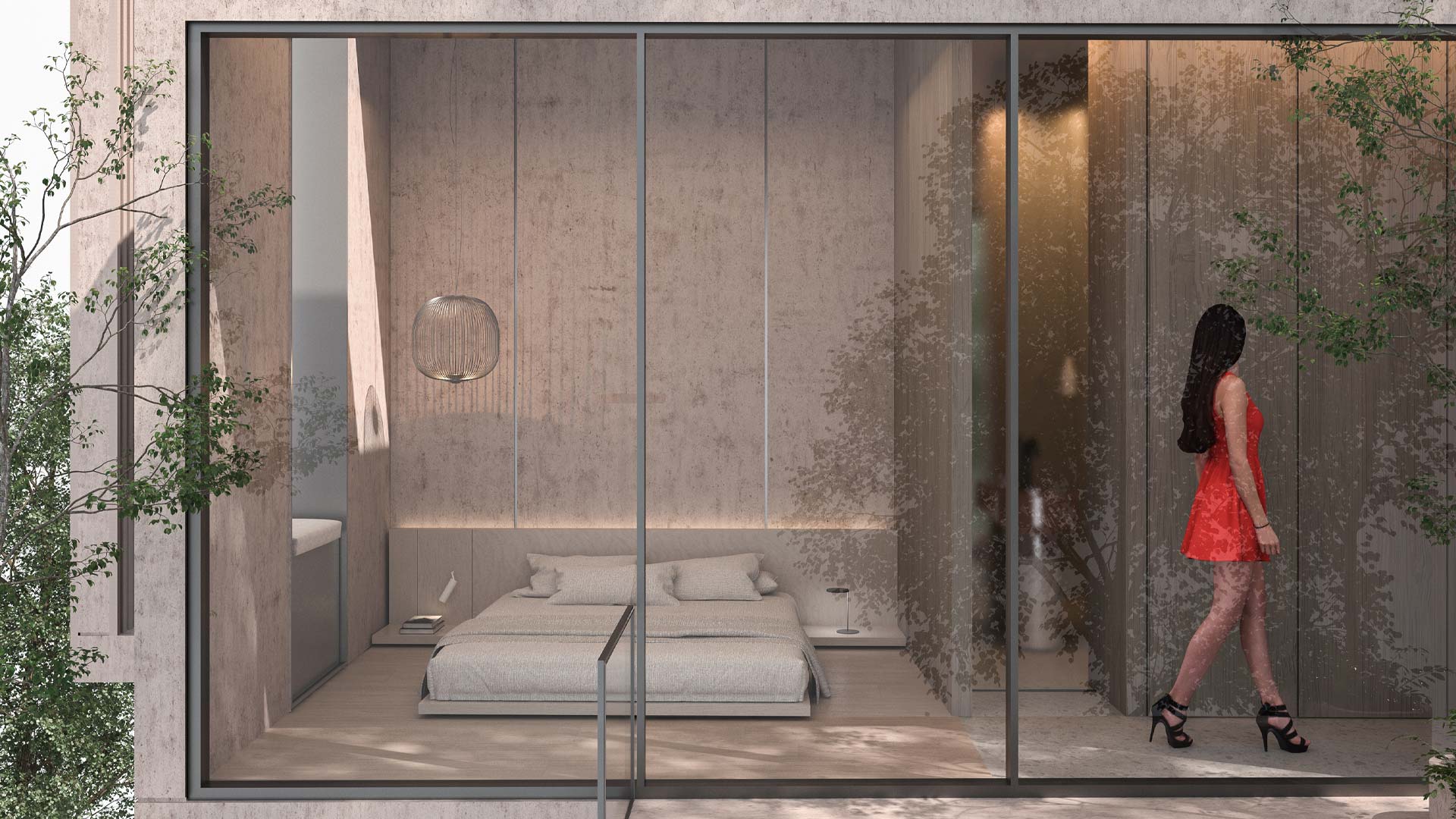site analyisis diagram of verna resort complex
Verna villa community site analysis diagrams and design process
Verna Villa Complex stands on the outskirts of Rasht, nestled in the elevated area of Haji Bekandeh. This project set out to create a contemporary residential neighborhood that would harmonize with the unique surroundings of Haji Bekandeh.
The Design Approach
To achieve this vision, the design process involved a meticulous evaluation of six villas, a neighborhood center, and a commercial building. Through this careful consideration, the layout and design were shaped to best fit the site.
Tailored Villa Designs
The villas, available in two types, A and B, vary in size based on the specific land allocated to each. These villa designs went through two primary phases, focusing on both the layout and the overall volume.



